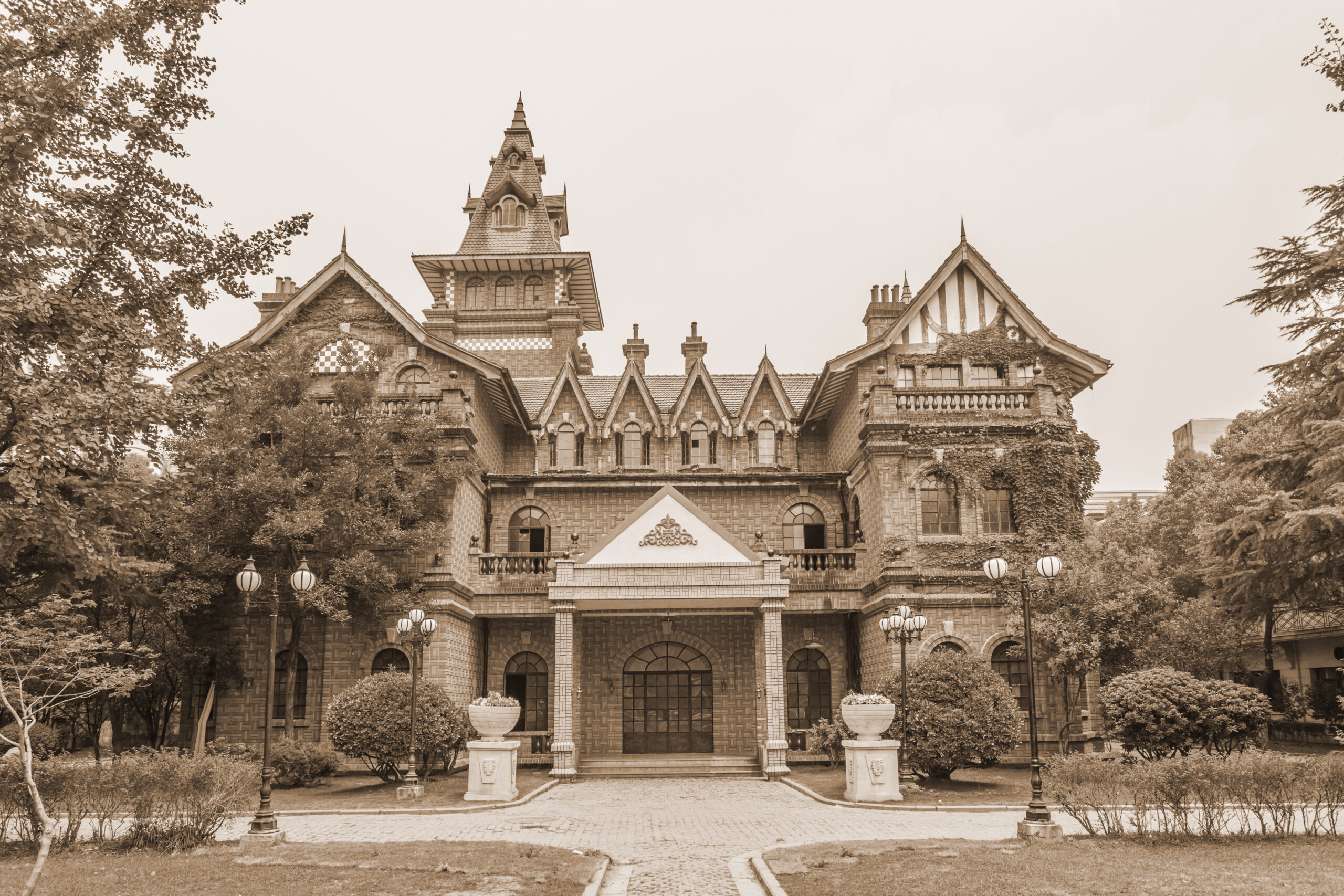Exploring the Timeless Charm of Banaras: A Journey Through Its Historical Wonders
Banaras, also known as Varanasi or Kashi, is one of the oldest continuously inhabited cities in the world, earning it the title of the “Spiritual Capital of India.” Nestled along the sacred Ganges River, this ancient city has been a hub of culture, religion, and learning for centuries. Beyond its spiritual significance, Banaras is home to numerous historical landmarks that offer a glimpse into India’s rich cultural heritage.
Whether you’re a history buff, a seeker of spiritual solace, or simply a traveler intrigued by the layers of time, Banaras offers a wealth of historical places to explore. Let’s embark on a journey through some of its most remarkable historical sites.
1. Kashi Vishwanath Temple
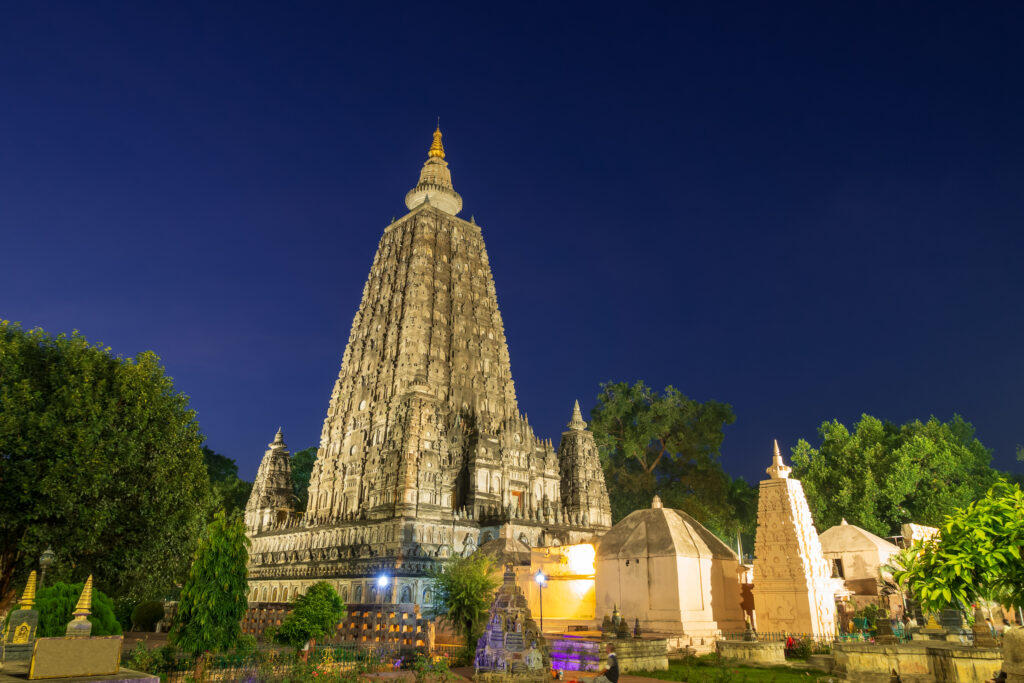
A symbol of Banaras’ religious and historical prominence, the Kashi Vishwanath Temple is dedicated to Lord Shiva, who is considered the presiding deity of the city. This temple has been a beacon of spiritual energy for Hindus for over a thousand years. Its golden spire and intricate carvings make it not only a religious destination but also an architectural wonder. Rebuilt multiple times due to invasions, the current structure dates back to 1780 when Ahilya Bai Holkar, the Queen of Indore, restored it.
Must-see feature: The golden domes, made of over 800 kilograms of gold donated by Maharaja Ranjit Singh.
2. Sarnath
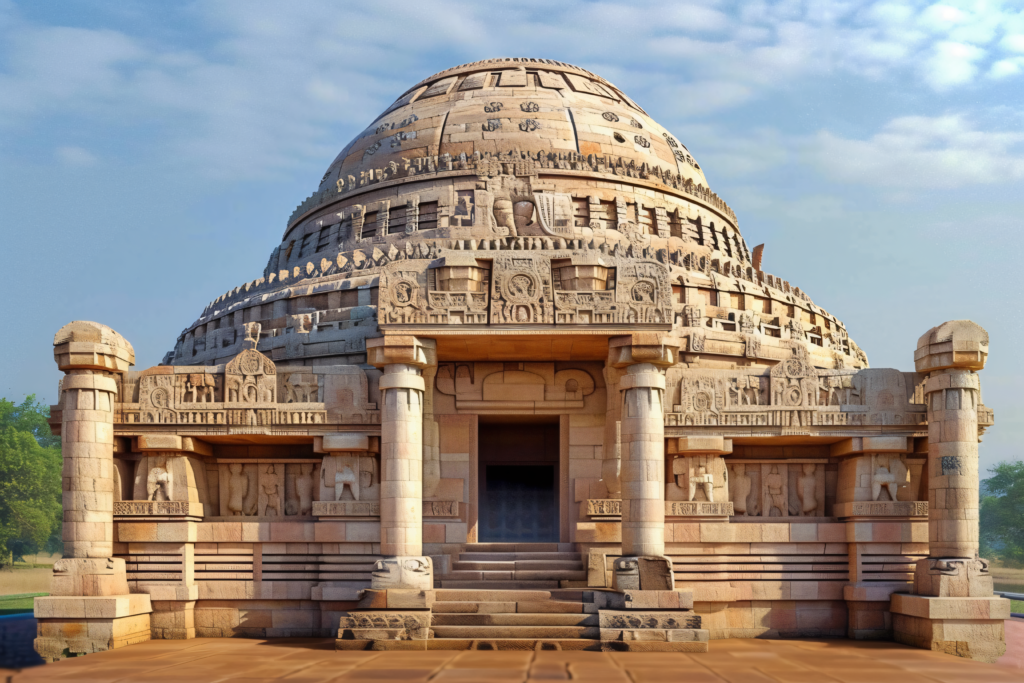
Just 10 kilometers from the heart of Banaras lies Sarnath, one of the most significant sites for Buddhists worldwide. This is where Lord Buddha delivered his first sermon after attaining enlightenment, marking the birth of Buddhism. The site houses the Dhamek Stupa, a grand structure built in 500 CE, as well as the Ashoka Pillar, erected by Emperor Ashoka in the 3rd century BCE.
Must-see feature: The Sarnath Archaeological Museum, which contains the famous Lion Capital of Ashoka, India’s national emblem.
3. Ramnagar Fort
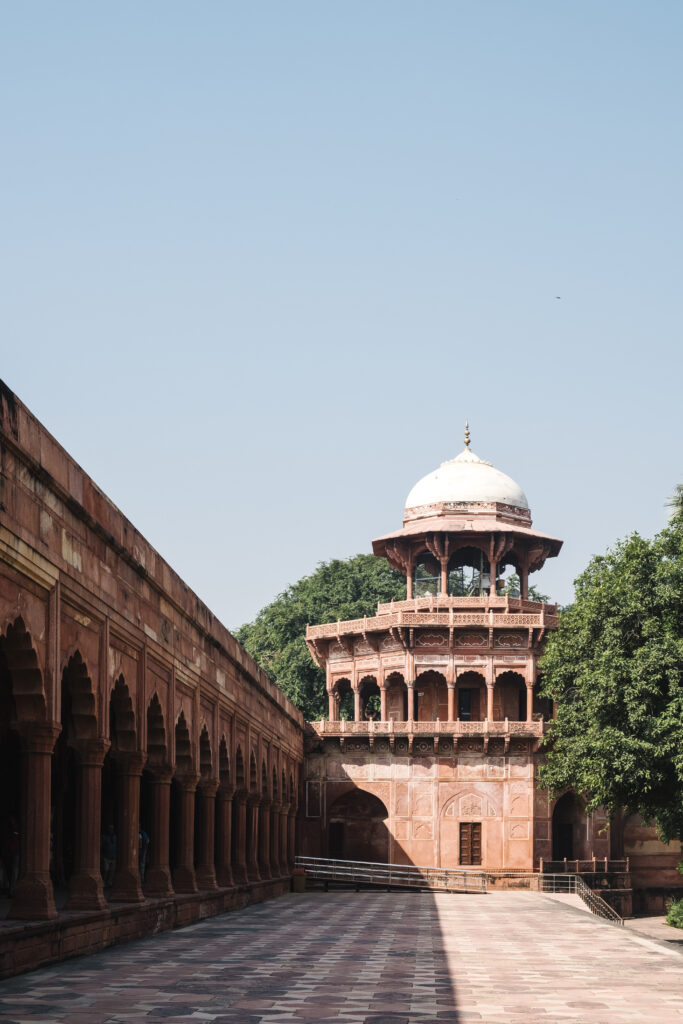
Perched on the eastern bank of the Ganges, the Ramnagar Fort is a testament to the grandeur of Banaras’ rulers. Built in the 18th century by the Kashi Naresh Raja Balwant Singh, the fort showcases Mughal and Indian architecture with its sprawling courtyards and ornate pavilions. Though some parts of the fort are now in ruins, the charm of the ancient edifice remains intact.
The fort houses a museum that exhibits vintage cars, royal palanquins, weaponry, and artifacts from the region’s rich history. It also serves as the residence of the current Maharaja of Banaras, further solidifying its historical relevance.
Must-see feature: The grand collection of old manuscripts, astronomical clocks, and weaponry in the Ramnagar Museum.
4. Manikarnika Ghat
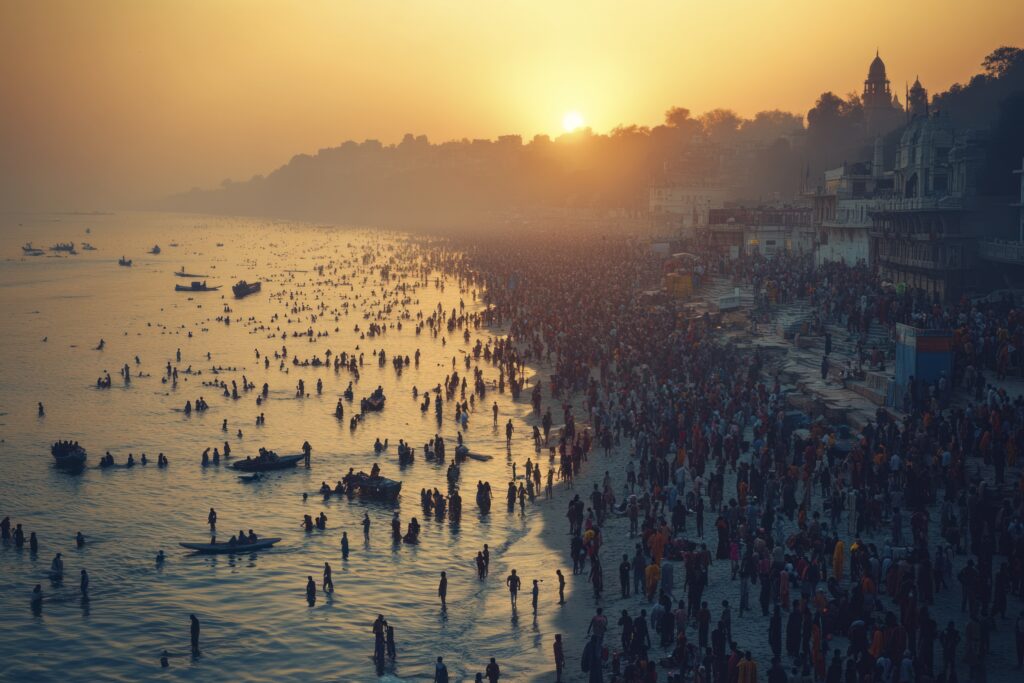
Manikarnika Ghat is not just another ghat; it is one of the holiest ghats in Varanasi and plays a significant role in the city’s life cycle rituals. Known for being a major cremation ground, it is believed that anyone cremated here attains moksha, or liberation from the cycle of life and death. The ghat has existed for thousands of years, with mentions in ancient scriptures, making it a crucial part of Banaras’ spiritual and historical landscape.
Must-see feature: The eternal flame, which is said to have been burning for centuries without extinguishing.
5. Alamgir Mosque
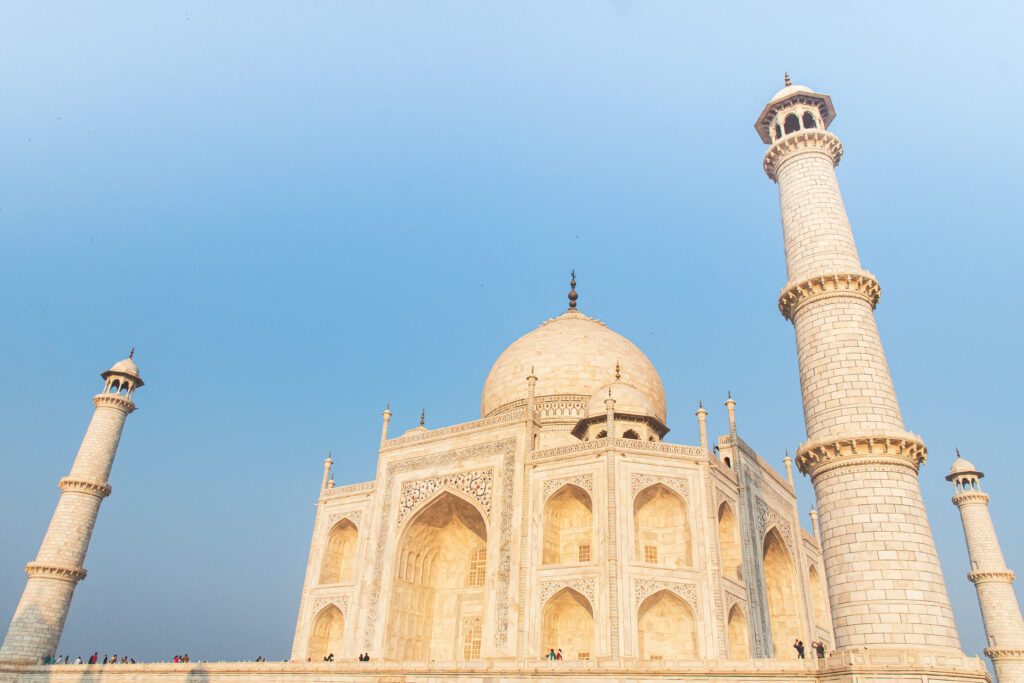
Situated at Panchganga Ghat, the Alamgir Mosque, also known as Beni Madhav Ka Darera, is a stunning example of Mughal architecture in the heart of Banaras. Built by Mughal Emperor Aurangzeb in the 17th century, the mosque stands as a stark contrast to the temples that surround it, symbolizing the city’s long and intertwined history of different religions. The mosque is perched on the site of a demolished Vishnu temple, reflecting the cultural and political shifts that Banaras has witnessed over the centuries.
Must-see feature: The picturesque view of the Ganges from the mosque’s elevated platform.
6. Bharat Kala Bhavan Museum

Located within the premises of the prestigious Banaras Hindu University (BHU), the Bharat Kala Bhavan Museum is a treasure trove of Indian art and history. Established in 1920, the museum houses over 100,000 artifacts, including sculptures, paintings, textiles, and manuscripts that span several millennia. The collection showcases the artistic heritage of India, particularly of the region around Banaras.
Must-see feature: The miniature paintings and sculptures from the Gupta and Maurya periods, offering a glimpse into India’s ancient past.
7. Tulsi Manas Temple
The Tulsi Manas Temple holds historical and literary significance, as it marks the spot where the great poet-saint Tulsidas wrote the Ramcharitmanas, the Awadhi version of the Ramayana. Built in 1964, the temple is relatively modern but holds deep cultural importance for devotees of Lord Rama. The walls of the temple are adorned with verses from the Ramcharitmanas, making it a revered pilgrimage site.
Must-see feature: The beautiful white marble structure and the inscriptions of the Ramcharitmanas on its walls.
Conclusion
Banaras is a city where history, spirituality, and culture are deeply intertwined. Its historical places tell stories of emperors and saints, invaders and artists, all of whom left an indelible mark on this ancient city. As you walk through the narrow alleys, take a boat ride on the Ganges, or visit these timeless monuments, you’ll find yourself immersed in a living history that continues to thrive even today.
Plan your trip to Banaras, and let its historical wonders take you on a journey back in time.

